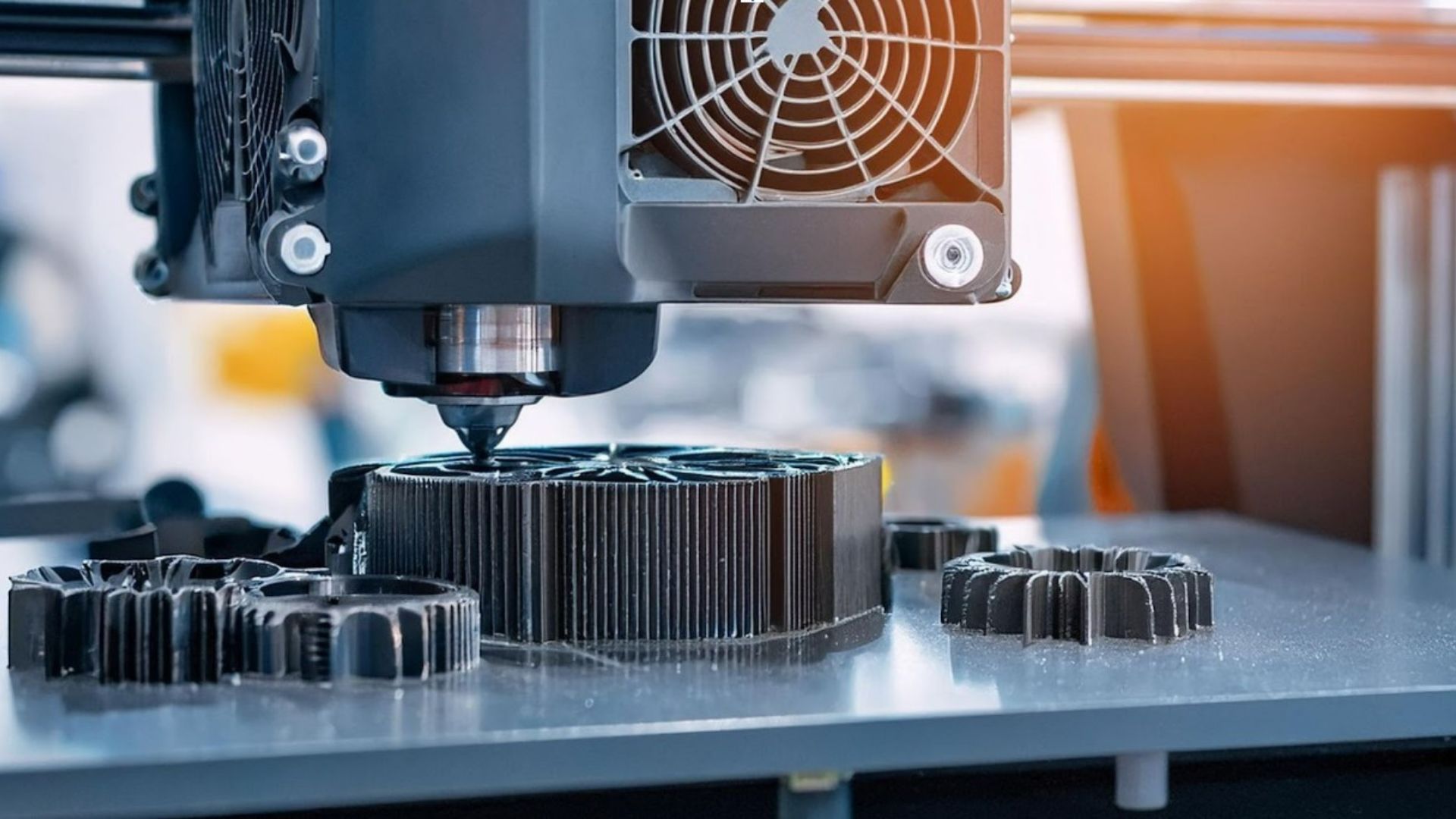
In recent years, 3D printing has emerged as a groundbreaking technology with numerous applications across various industries. This article aims to discuss the key advantages and disadvantages of 3D printing, exploring its role in product development, its impact on traditional manufacturing, and its adoption in sectors like automotive, aerospace, and healthcare. Additionally, we will examine the potential of additive manufacturing and evaluate whether investing in 3D printing is worth it for businesses, with the help of FAMA 3D, a leading online 3D printing company.
What Are the Key Advantages of 3D Printing?
How Does 3D Printing Allow for Rapid Prototyping?
One of the primary advantages of 3D printing is its ability to facilitate rapid prototyping. Unlike traditional manufacturing methods, which often require extensive tooling and setup, 3D printing allows for the quick creation of prototypes directly from a digital 3D model. This layer-by-layer production process enables designers and engineers to iterate and refine their designs more efficiently, significantly reducing the time required for product development. Consequently, 3D printing’s capabilities in rapid prototyping have become indispensable for innovation and reducing development cycles.
How Is 3D Printing Cost-Effective Compared to Traditional Manufacturing?
3D printing offers a cost-effective alternative to traditional manufacturing, particularly for small batch production and custom parts. Traditional manufacturing often involves high initial investment in tooling and machinery, whereas 3D printing requires minimal setup and can produce parts on-demand. Moreover, 3D printing technologies minimize material waste by using only the necessary amount of material to construct the object. This efficient use of 3D printing materials contributes to overall cost savings and sustainability, making it an attractive option for businesses looking to optimize their manufacturing processes.
What Are the Benefits of 3D Printing in Product Development?
The benefits of 3D printing in product development are manifold. Firstly, 3D printing allows for the creation of complex geometries that might be impossible or cost-prohibitive with traditional manufacturing methods. This capability expands the design possibilities and enables the development of innovative products. Additionally, the 3D printing process accelerates the transition from concept to product, allowing for quicker market launches. By enabling rapid iterations and testing, 3D printing helps companies reduce time-to-market and enhance their competitive edge.
What Are the Common Disadvantages of 3D Printing?
What Are the Initial Investment and Machinery Costs?
Despite its many advantages, 3D printing also presents certain disadvantages, particularly in terms of initial investment and machinery costs. High-end 3D printers and associated equipment can be expensive, making the upfront cost a significant barrier for small and medium-sized enterprises. Additionally, ongoing maintenance and material costs can add to the overall expenditure. While the long-term benefits of 3D printing can offset these initial costs, businesses must carefully evaluate their financial capacity and the potential return on investment before adopting 3D printing technologies.
What Are the Limitations in Terms of 3D Printing Materials?
Another common disadvantage of 3D printing is the limitation in available 3D printing materials. While advancements have been made in developing new materials, the range is still relatively narrow compared to traditional manufacturing. Materials such as certain metals, plastics, and composites are commonly used in 3D printing, but they may not always meet the specific requirements of every application. Furthermore, the mechanical properties of 3D-printed parts can vary, sometimes falling short of the standards set by traditionally manufactured components. These material limitations necessitate careful consideration when choosing 3D printing for specific projects.
How Does 3D Printing Compare to Traditional Manufacturing Methods?
When comparing 3D printing to traditional manufacturing methods, several factors come into play. Traditional manufacturing is often better suited for mass production due to its ability to produce large quantities of parts quickly and at a lower unit cost. In contrast, 3D printing is ideal for low-volume, customized, or complex parts where traditional methods may prove inefficient or costly. However, the slower production speeds and higher per-unit costs of 3D printing can be a disadvantage for large-scale manufacturing. Therefore, businesses must weigh the pros and cons of 3D printing against traditional methods to determine the most suitable approach for their specific needs.
How Does 3D Printing Benefit Various Sectors?
What Are the Uses of 3D Printing in the Automotive Sector?
The automotive sector has significantly benefited from the use of 3D printing. This technology enables automotive manufacturers to quickly produce prototypes and functional parts, accelerating the design and testing phases. 3D printing allows for the creation of complex geometries that enhance the performance and aesthetics of automotive components. Additionally, the ability to produce custom and on-demand parts helps reduce inventory costs and lead times. As a result, 3D printing has become an integral part of the automotive manufacturing process, driving innovation and efficiency.
How Is 3D Printing Utilized in the Aerospace Industry?
In the aerospace industry, 3D printing is utilized to produce lightweight, high-strength components that meet stringent performance and safety standards. The ability to create intricate and optimized designs without the constraints of traditional manufacturing allows for significant weight reduction, which is crucial for fuel efficiency and performance in aerospace applications. Moreover, 3D printing enables the production of parts with complex geometries that would be challenging or impossible to achieve otherwise. The aerospace sector continues to invest in 3D printing technologies to enhance manufacturing capabilities and reduce production costs.
What Are the Applications of 3D Printing in Healthcare?
3D printing has revolutionized the healthcare sector by enabling the production of customized medical devices and implants. From prosthetics and dental implants to patient-specific surgical guides and anatomical models, 3D printing allows for precise customization that improves patient outcomes. The ability to produce complex structures and biocompatible materials has also opened new possibilities in tissue engineering and regenerative medicine. The applications of 3D printing in healthcare are expanding, offering innovative solutions that enhance the quality of care and patient satisfaction.















